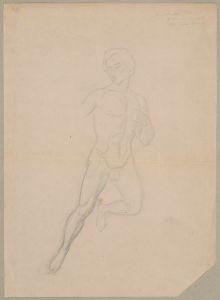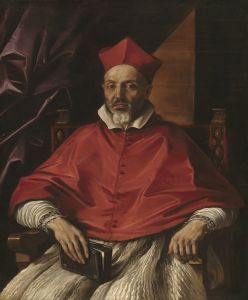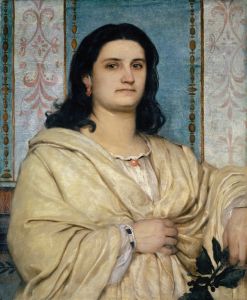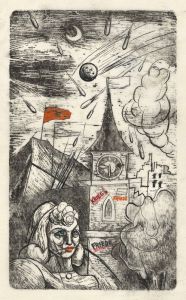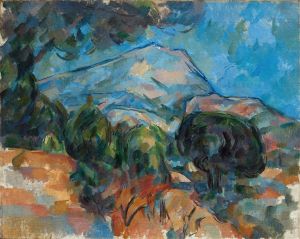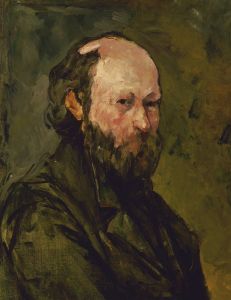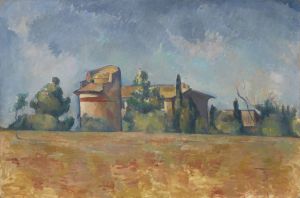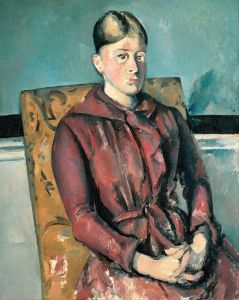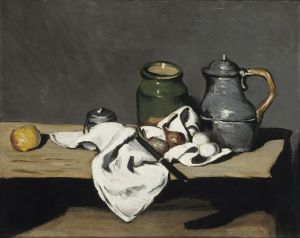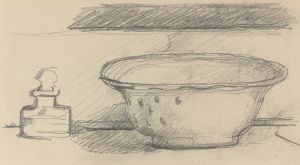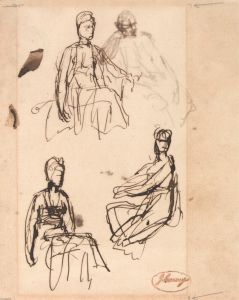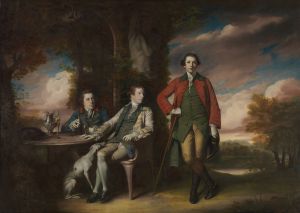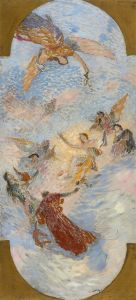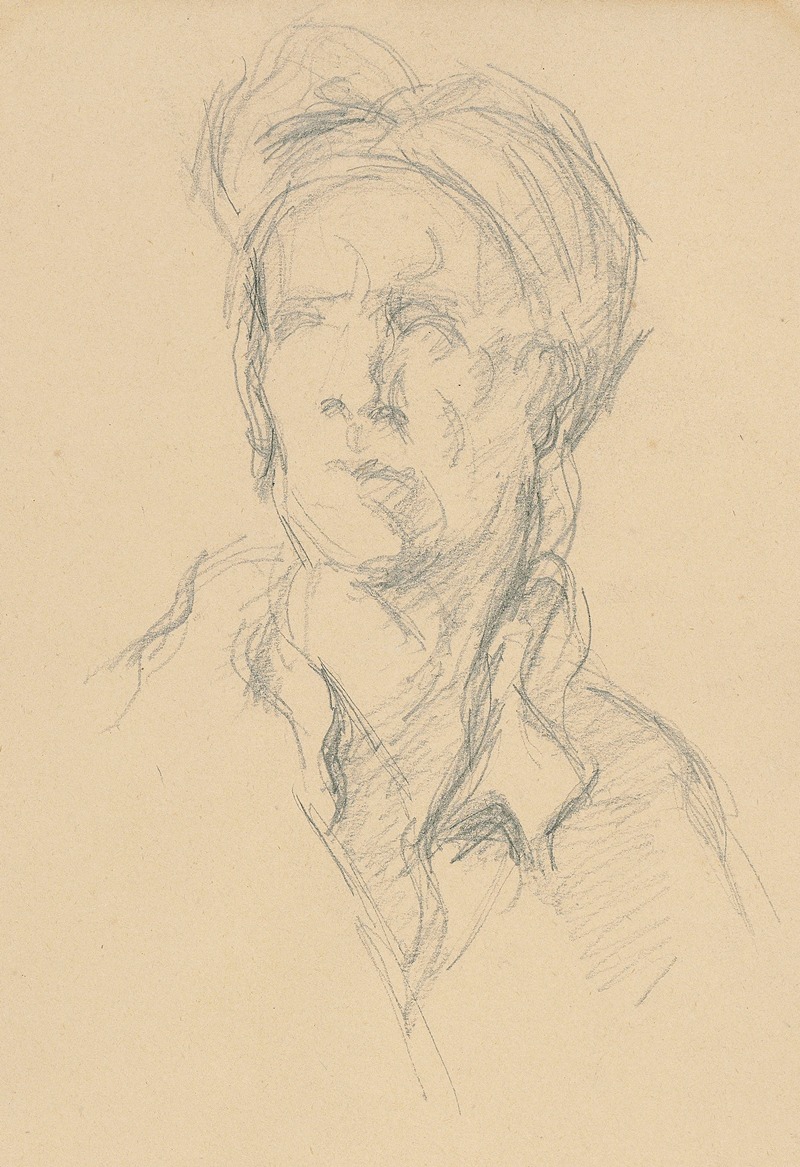
D’après G. Coustou; Nicolas Coustou
A hand-painted replica of Paul Cézanne’s masterpiece D’après G. Coustou; Nicolas Coustou, meticulously crafted by professional artists to capture the true essence of the original. Each piece is created with museum-quality canvas and rare mineral pigments, carefully painted by experienced artists with delicate brushstrokes and rich, layered colors to perfectly recreate the texture of the original artwork. Unlike machine-printed reproductions, this hand-painted version brings the painting to life, infused with the artist’s emotions and skill in every stroke. Whether for personal collection or home decoration, it instantly elevates the artistic atmosphere of any space.
Paul Cézanne, a pivotal figure in the transition from 19th-century Impressionism to 20th-century Cubism, created a series of works that explored classical themes and forms. One such work is "D’après G. Coustou; Nicolas Coustou," which reflects Cézanne's engagement with the art of the past and his interest in the reinterpretation of classical sculpture.
The title "D’après G. Coustou; Nicolas Coustou" suggests that the work is inspired by or after the sculptures of the Coustou brothers, Guillaume and Nicolas, who were prominent French sculptors in the late 17th and early 18th centuries. Nicolas Coustou, in particular, was known for his dynamic compositions and expressive figures, often drawing on mythological and allegorical themes. The Coustou brothers' works were characterized by their dramatic movement and intricate detailing, qualities that Cézanne admired and sought to reinterpret through his own artistic lens.
Cézanne's approach to this painting reflects his broader artistic philosophy. He was known for his methodical study of form and color, often revisiting classical subjects to explore their underlying structures. In "D’après G. Coustou; Nicolas Coustou," Cézanne likely focused on the interplay of light and shadow, the solidity of form, and the subtle gradations of color that define the sculptural figures. His brushwork, characterized by deliberate and repetitive strokes, would have aimed to capture the essence of the sculptures while imbuing them with a sense of timelessness and permanence.
This work is part of Cézanne's broader exploration of classical themes, which he often revisited throughout his career. By engaging with the works of the Coustou brothers, Cézanne placed himself within a long tradition of artists who looked to the past for inspiration while simultaneously pushing the boundaries of contemporary art. His reinterpretation of classical forms can be seen as a dialogue between the old and the new, where he sought to bridge the gap between traditional representation and modern abstraction.
Cézanne's influence on modern art cannot be overstated. His exploration of form and color laid the groundwork for the development of Cubism and other avant-garde movements in the early 20th century. Artists such as Pablo Picasso and Georges Braque were profoundly influenced by Cézanne's innovative approach to composition and his ability to convey depth and volume through color and brushwork.
"D’après G. Coustou; Nicolas Coustou" exemplifies Cézanne's commitment to reinterpreting classical art through a modern lens. While specific details about this particular work may be limited, its significance lies in its representation of Cézanne's broader artistic goals and his enduring impact on the trajectory of modern art. Through works like this, Cézanne not only paid homage to the masters of the past but also paved the way for future generations of artists to explore new possibilities in visual expression.





